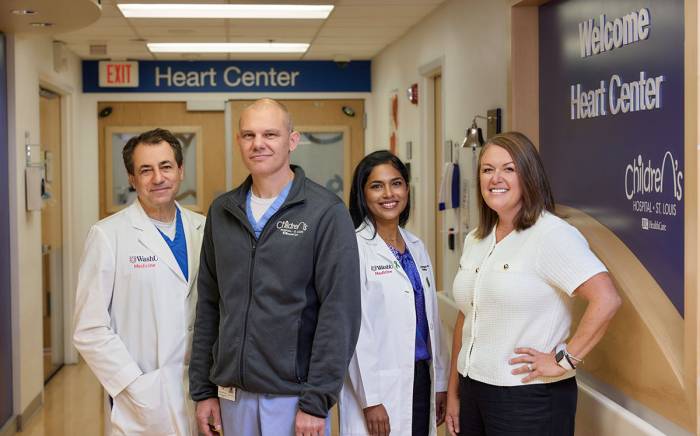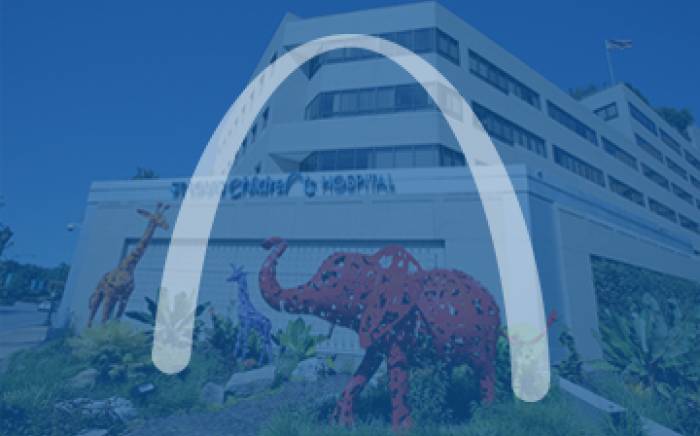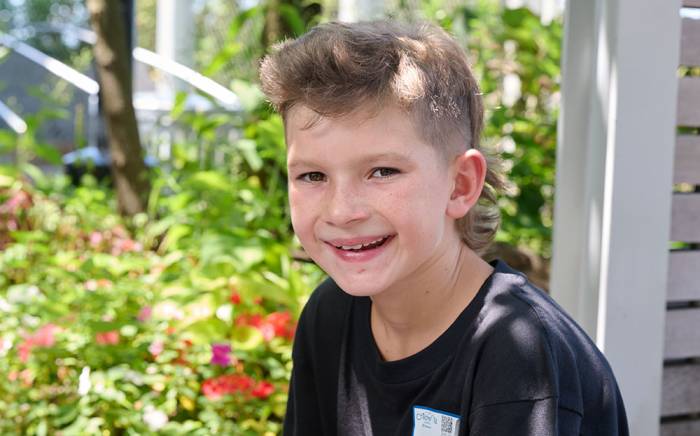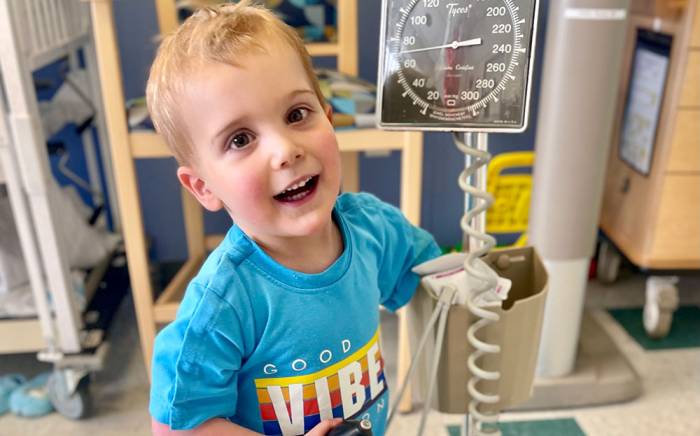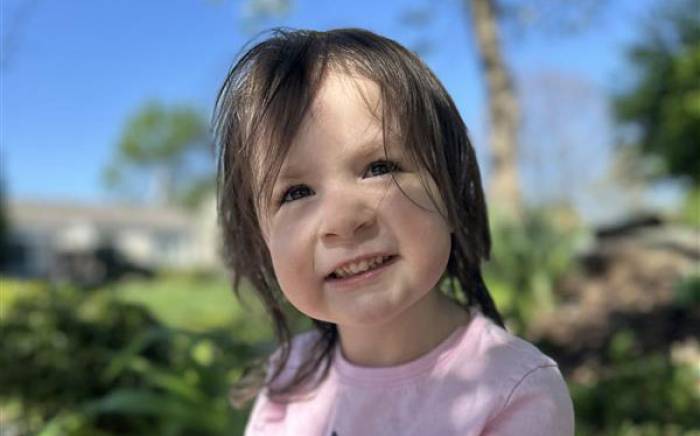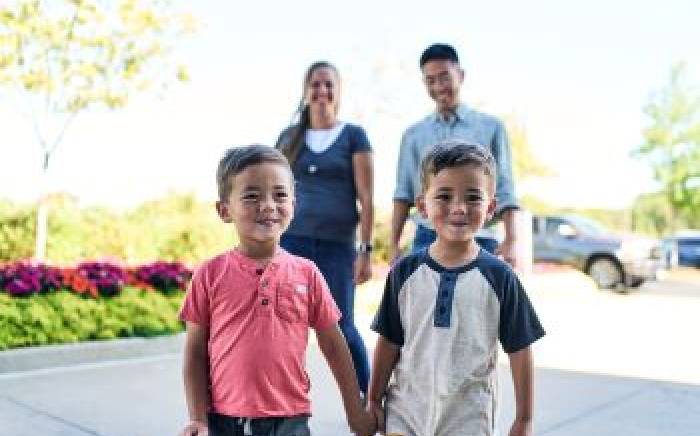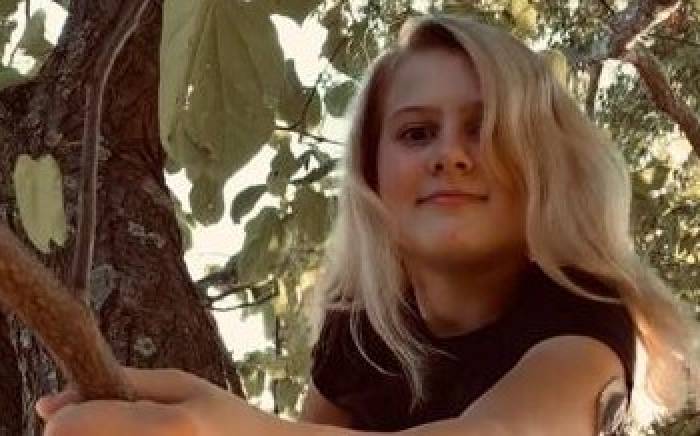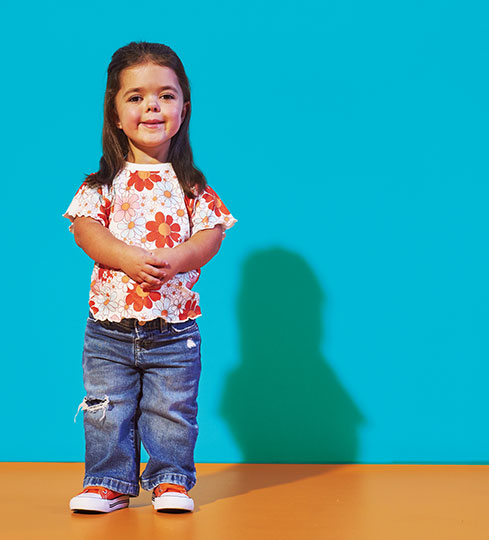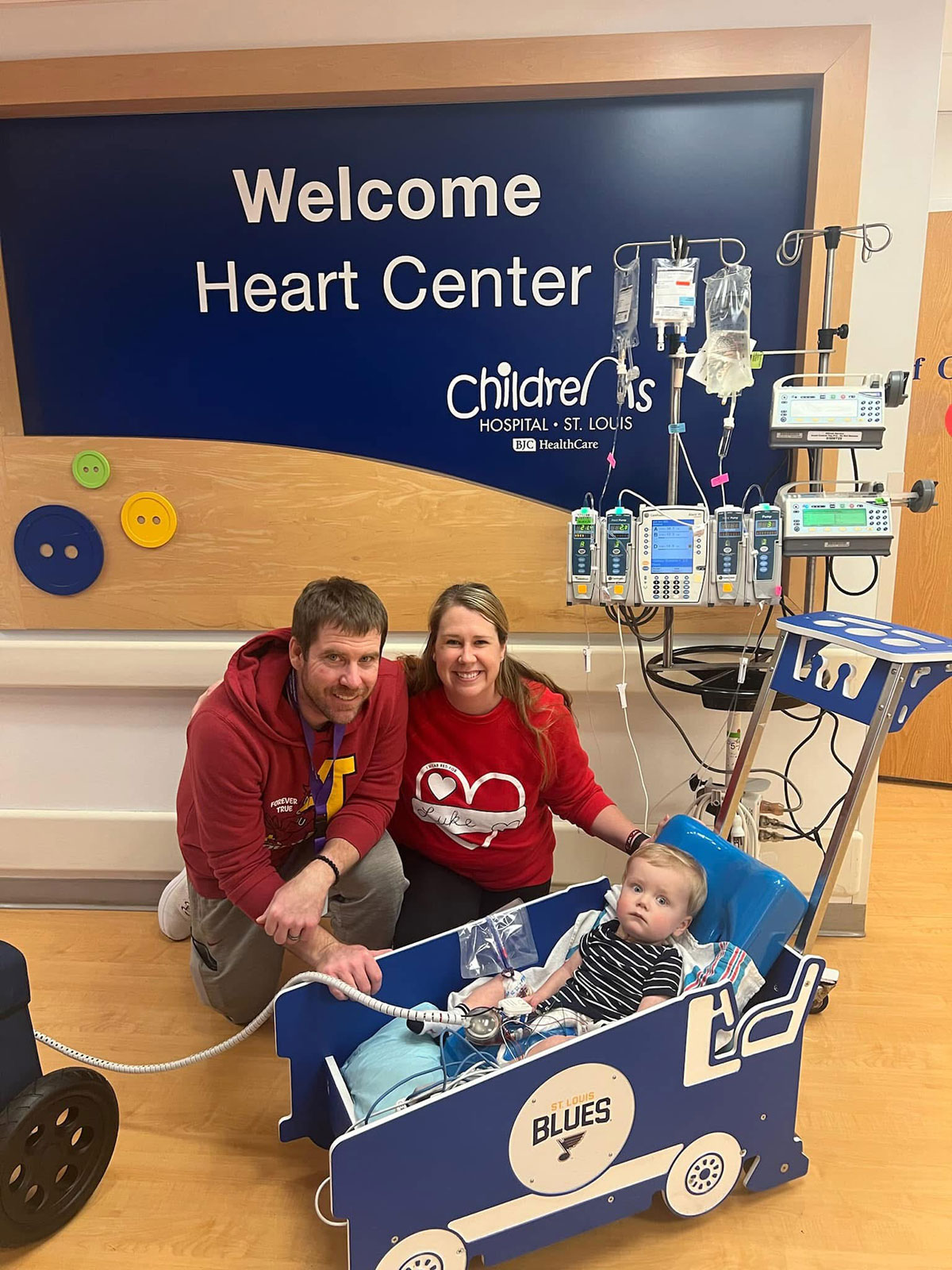
Each year on Father’s Day, families gather from near and far to celebrate dads. But for Monika and Michael, the holiday has taken on a whole new meaning. On Father’s Day 2024, their son woke up to his first full day with a new heart.
A shocking diagnosis
Monika and Michael were living in Des Moines, Iowa, and were excited to welcome their third son, Luke, into their family. But at her 20-week ultrasound, Monika received life-altering news. Luke was diagnosed with hypoplastic left heart syndrome (HLHS), a congenital heart defect in which the left side of the heart is severely underdeveloped and unable to properly pump blood. All children with HLHS need surgery to survive.
Monika and Michael were referred to a pediatric cardiologist at a hospital two hours away from their home. At 35 weeks pregnant, Monika moved there and stayed until Luke was born in July 2022. After a smooth labor and delivery, Luke had a catheter procedure that night followed by open-heart surgery at just 8 days old, and again at 5 months old.
From hopeless to hopeful
Luke became extremely ill on New Year's Eve 2023. After a sleepless night, his parents brought him to their local hospital. An echocardiogram showed that Luke’s heart was in distress. The on-call cardiologist told Monika and Michael that he needed to be immediately helicoptered to a pediatric hospital several hours away. When Luke arrived, he was diagnosed with severe heart failure and had a stroke.
“We were told he was in final stages of life and to say our goodbyes,” Monika says.
However, one doctor still had hope and recommended that Luke be transferred to St. Louis Children’s Hospital because he would be a candidate for a heart transplant.
St. Louis Children’s, in partnership with WashU Medicine, is known for taking on the most complex and challenging heart cases. The Heart Center at St. Louis Children’s Hospital opened its doors in 1986. Due to the large number of cardiothoracic surgeries performed each year, it was designated a high-volume center by the Society of Thoracic Surgeons. In 2023, St. Louis Children’s was one of the first stand-alone pediatric institutions to achieve the milestone of 600 heart transplants.
“St. Louis Children’s has been collaborating with Midwest hospitals since the start of its transplant program in the 1980s,” says Janet Scheel, MD, WashU Medicine medical director of pediatric heart transplant, who oversaw Luke’s care. “We collaborate frequently with hospitals across the Midwest and, in some cases, have standing monthly phone calls.”
While Luke was being airlifted, Monika and Michael made the six-and-a-half-hour drive to St. Louis.
“We were immediately impressed with the pediatrician, flight crew, and everyone at St. Louis Children’s and how well they worked together,” says Monika. “We just had to put our trust in these people because they knew how to deal with this. It was weirdly such a peaceful drive.”
Playing the waiting game
When Luke arrived at St. Louis Children’s, he needed to have a ventricular assist device (VAD) implanted in his chest. The VAD, also known as a “heart helper,” acts as a mechanical pump to support heart function and blood flow when the patient’s heart cannot.
“The VAD keeps the child strong and healthy while they’re awaiting a transplant,” says Mary Mehegan, RN, coordinator of the VAD program at the Heart Center. “Statistically, a patient is going to recover a lot better after receiving a heart transplant when they’re stronger going in.”
The VAD allows a child to participate in many therapies critical for their preparation for a transplant. A common sight in the Heart Center are children, accompanied by a nurse or therapist, walking up and down the hallways, playing basketball, bowling, or riding bicycles. The Heart Center team is very creative in making therapy sessions fun. They want their patients, who are attached to their VAD equipment, out of their room as much as possible. The overall goal is to keep them happy, safe, and strong.
Another key to the heart program’s success is its comprehensive, multidisciplinary team of not only expert cardiologists, surgeons, physicians, nurse practitioners, and nurses, but also social workers, therapists, Child Life specialists, financial coordinators, nutritionists, and more. Each member plays a significant role in the care of the patient and their families.
“Anyone can say they have a multidisciplinary team, but to actually be able to reach out with any questions to any one of our team members speaks volumes about the collaboration,” says Sarah Margherio, MHA, BSN, RN, St. Louis Children’s clinical program manager for pediatric heart and lung transplant.
Part of Luke’s recovery after his VAD surgery was working with St. Louis Children’s physical therapist Rebecca Pendino, PT, DPT, multiple times a week.
“Our goal was to get him into the best possible physical condition and build his endurance before his heart transplant surgery,” Rebecca says. “Because Luke was so young and had suffered a stroke, he hadn’t quite reached some development milestones. So, we worked on sitting, reaching, and incorporating a lot of play into his therapy. He was such a hard worker, and he had the best smile.”
Luke also began receiving rehabilitation services from St. Louis Children’s speech pathologist Erika Struckhoff, MA, CCC-SLP. At almost 2 years old, he was behind in his language and communication development, as well as his chewing and drinking skills.
“After his stroke, Luke's ability to protect his airway when swallowing was impaired, and he initially was not able to eat or drink safely,” Erika says. “Through feeding therapy, we were able to strengthen his swallowing muscles, modify the consistency of his foods, and facilitate positive feeding experiences to get him back to some oral feeding.”
Another presence in Luke’s life was Child Life Specialist Kaitlyn Meara, CCLS. The Child Life Services department at St. Louis Children’s is funded through the St. Louis Children’s Hospital Foundation and provides patients and families opportunities to cope with the effects of a prolonged hospitalization. This can take the form of music and art therapy, recreation, or educational activities.
“Part of my role was to be a supportive, sterile presence, and offer positive touch by holding Luke’s hand while his VAD bandages were being changed by the nurses,” Kaitlyn says. “We would watch his favorite movie, ‘Cars’, or sing songs together from the movie, ‘Sing’. I was providing distraction from what can be a scary and vulnerable position for a child.”
The gift of life
After five months of waiting for a heart, Monika was working with Erika during a feeding session when Dr. Scheel walked in with life-changing news: They had found the perfect heart for Luke. Surgery was scheduled for June 20.
Monika and Erika burst into tears.
“It felt so surreal,” Monika says. “Michael and our boys were planning to visit on June 21 for Father’s Day, but they changed plans and immediately drove to St. Louis.”
“I’ll remember that moment for the rest of my life,” Erika says.
Luke was his smiley self the morning of his heart transplant surgery.
“We didn’t feel like it was ‘goodbye’,” says Monika. “We knew it was just going to be, ‘See you later.’ It was a long day, but we didn’t have any doubt. We just knew it was going to work.”
The surgery was a success, but Luke had to stay in St. Louis for several more weeks to make sure he was responding positively to his new heart.
“Michael and I were so impressed with the nurses. They moved so efficiently and never seemed nervous. They knew exactly what to do,” Monika says.
Luke continued receiving physical and speech therapy after surgery, and when his second birthday arrived while he was still hospitalized, Kaitlyn planned a turtle-themed birthday party.
“It stinks to celebrate a birthday in the hospital, but when you make friends with the staff it’s nice to celebrate with them,” Monika says.
Nearly a month after his surgery, Luke was cleared to leave the hospital.
“You see these families when they are at their highest highs and their lowest lows and every emotion in between,” says Sarah. “There is a lot of celebrating on a patient’s discharge day.”
Kaitlyn also facilitated Luke’s discharge parade. As Luke and his family walked down the hall to ring the discharge bell, members of his care team stood side-by-side cheering him on.
Luke is now a year post-transplant and is catching up on the milestones that previously seemed impossible. He is walking—with pride and confidence—and his family is working with his care team back home in Iowa on his physical, occupational, and speech therapy.
“We work hard to get our families back to a team near their home,” says Dr. Scheel. “We also have an organized program to transition them to adult care when the time is right. At St. Louis Children’s, when it comes to pediatric heart transplantation, we have patients covered from infancy through adulthood.”
Looking back on their transplant journey, Monika admits their family was initially apprehensive at the thought of being so far from home. However, that immediately changed when they got to know Luke’s care team.
“Now, it’s a bummer that we can’t just swing by and see all the friends we made while we were there.”
Learn more about the Heart Center here.

